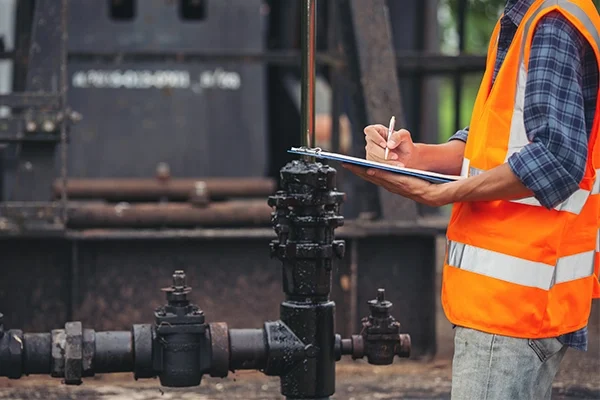In any industry, operational continuity depends as much on the power of the equipment as on the reliability of the components that protect it. You know this: sealing and filtration systems are crucial for preventing leaks, optimizing performance, and ensuring process purity. However, their effectiveness depends not only on the quality of the design or materials, but also on rigorous and planned preventive maintenance.
The importance of anticipating failures
A failure in a seal or filter may seem minor, but its consequences are critical: fuel leaks, fluid contamination, engine breakdowns, or unexpected production stoppages. In sectors such as shipbuilding and energy, these incidents not only generate high costs, but also environmental and safety risks.
Preventive maintenance allows these problems to be anticipated, detecting wear or accumulation before they become emergencies.
Maintenance strategies for joints and seals
Joints and seals must be checked periodically to ensure they are functioning properly. You will have seen that materials can degrade over time due to pressure, vibrations, and high temperatures.
Among the most commonly used strategies are:
Regular visual inspection to identify cracks, hardening, or deformation.
Scheduled replacement based on hours of use or work cycles, not just when faults appear.
Use of original spare parts to ensure compatibility with the systems.
These practices extend the service life of equipment and ensure tightness under demanding conditions.
Maintenance planning for filtration systems
Filters accumulate particles and debris that, if left unchecked, can block the flow of fluids and reduce energy efficiency. As you well know, a clogged filter can be as harmful as having no filter installed at all.
An effective maintenance plan includes:
Regular checks based on the type of fluid and intensity of use.
Cleaning of reusable filters, always following the manufacturer’s recommendations.
Preventive replacement before filters reach their capacity limit.
This prevents overload on motors and pumps, ensuring continuous and safe processes.
Digital monitoring and predictive maintenance
Digitization has also reached maintenance. There are sensors that measure the differential pressure in filters or wear on seals in real time, sending alerts when anomalies are detected.
This evolution towards predictive maintenance allows for more accurate planning of interventions, avoiding unnecessary downtime and reducing the cost of unexpected repairs. Those of you who work with these systems know that every minute gained in prevention is a significant saving in operation.
Benefits of structured preventive maintenance
Investing in preventive maintenance in sealing and filtration systems offers multiple advantages:
Mayor seguridad operativa, al reducir el riesgo de fugas y fallos críticos.
Reducción de costes, gracias a la menor frecuencia de averías graves.
Cumplimiento normativo, evitando sanciones por fugas o emisiones.
Optimización de recursos, al prolongar la vida útil de los equipos y reducir el consumo energético.
Conclusión
El mantenimiento preventivo en sistemas de estanqueidad y filtrado no es un gasto, sino una inversión estratégica en seguridad, eficiencia y sostenibilidad. Vosotros lo sabéis: cada junta revisada y cada filtro sustituido a tiempo es una garantía de continuidad y tranquilidad.
En un sector donde los márgenes de error son mínimos, anticiparse es la mejor herramienta. Porque asegurar un buen sellado y una correcta filtración es, en definitiva, asegurar el futuro de las operaciones industriales y navales.

